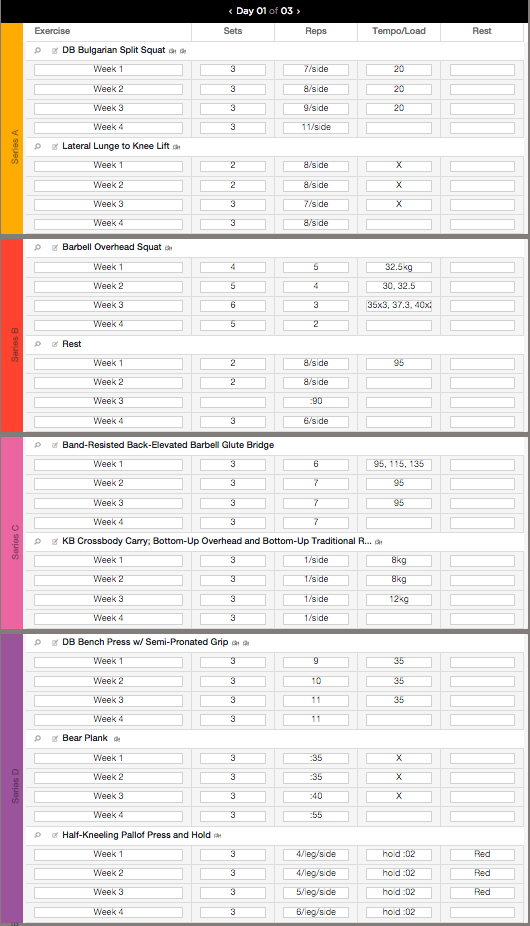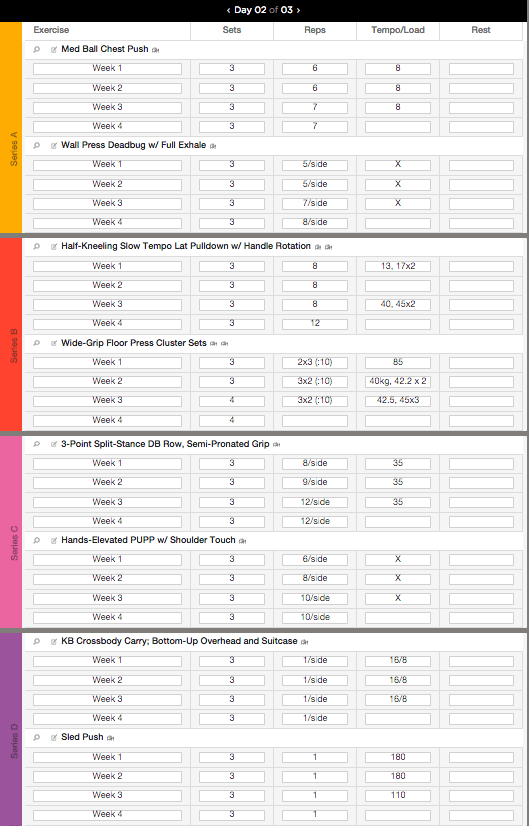Improving performance in athletes is often made to be very complex and hard to understand. So when in doubt, my approach is to measure it. Whatever "it" is. As much as I try to get measurements on every factor of athletes as I possibly can, there are still those outliers who defy science and theory and my best efforts to measure them.
For example, the athlete who works tirelessly - doing exactly what his/her coach prescribes; nothing more and nothing less, but with full mental engagement (vs. going through the motions) and yet can’t budge in a certain category. Oh well, must be “genetics” is often the response from the field.
Or, the insanely gifted athlete who follows 55% of the advice given, eats absolute crap 92% of the time, doesn’t get enough sleep, and still improves at every measurable on earth. Oh well, must be “genetics”...
I haven't researched or proven what I'm about to discuss, so this is based on my own observations of watching thousands of athletes move and perform over the course of thousands upon thousands of hours.
I think an individual's ability to quickly turn on their core is at the heart of the performance improvement holy grail.
Over time I've noticed that there is a relationship between high performance and one’s ability to fire a strong core very fast. I’ve also noticed that there may be a similar relationship that exists between injuries: fire fast, fewer injuries OR fire slow and get hurt.
It is well accepted that you need to brace your core during heavy lifts to not have energy leaks; lack of bracing during heavy lifts can also cause form breakdown. But how do we train the ability to fire the core? To fully engage it in a fraction of a second?
Great question, glad I thought of it, let’s find out:
Medicine Ball drills with catch off the wall
A partner can work for this too, but the speed off the wall trumps what you get from a partner: a wall doesn’t need time to react.











